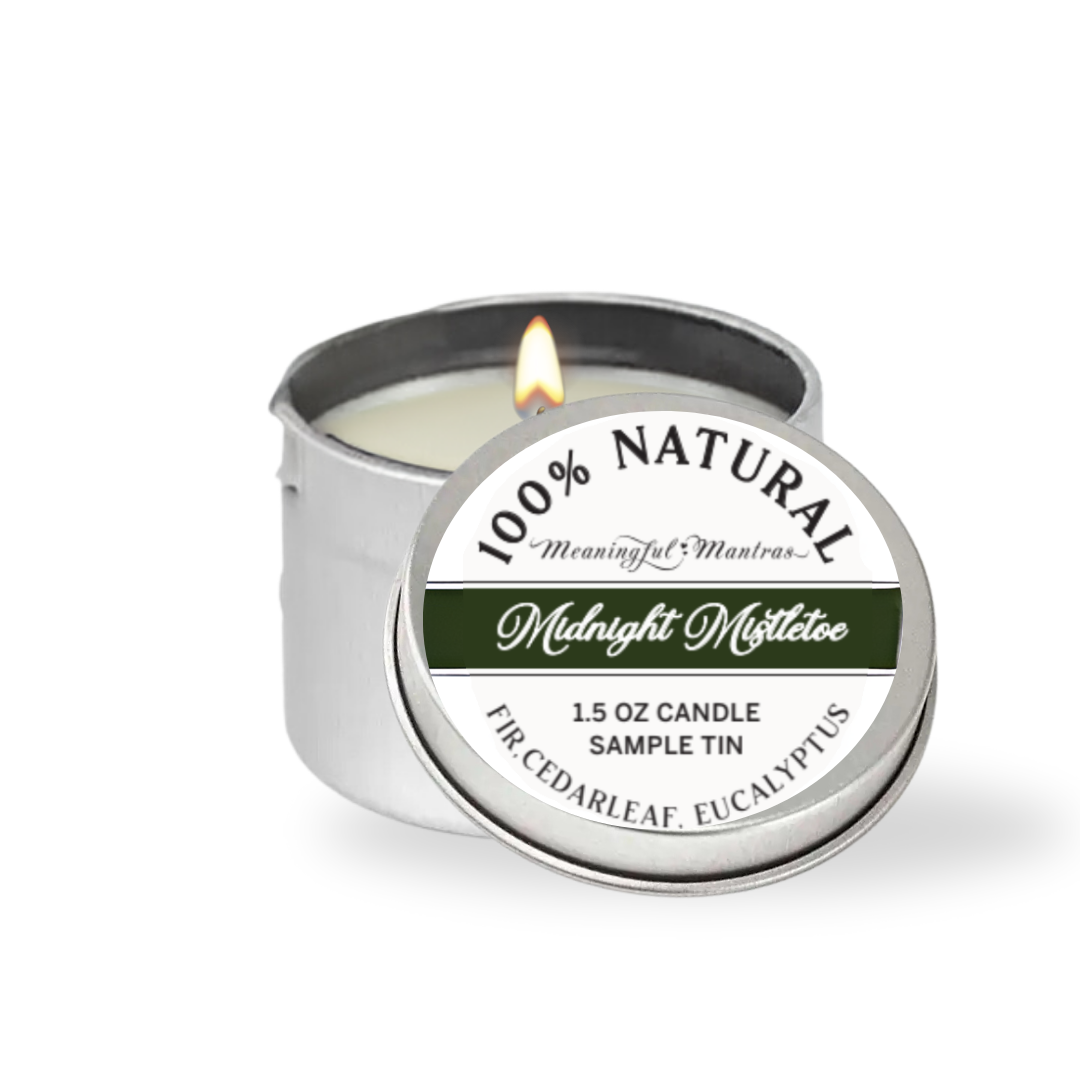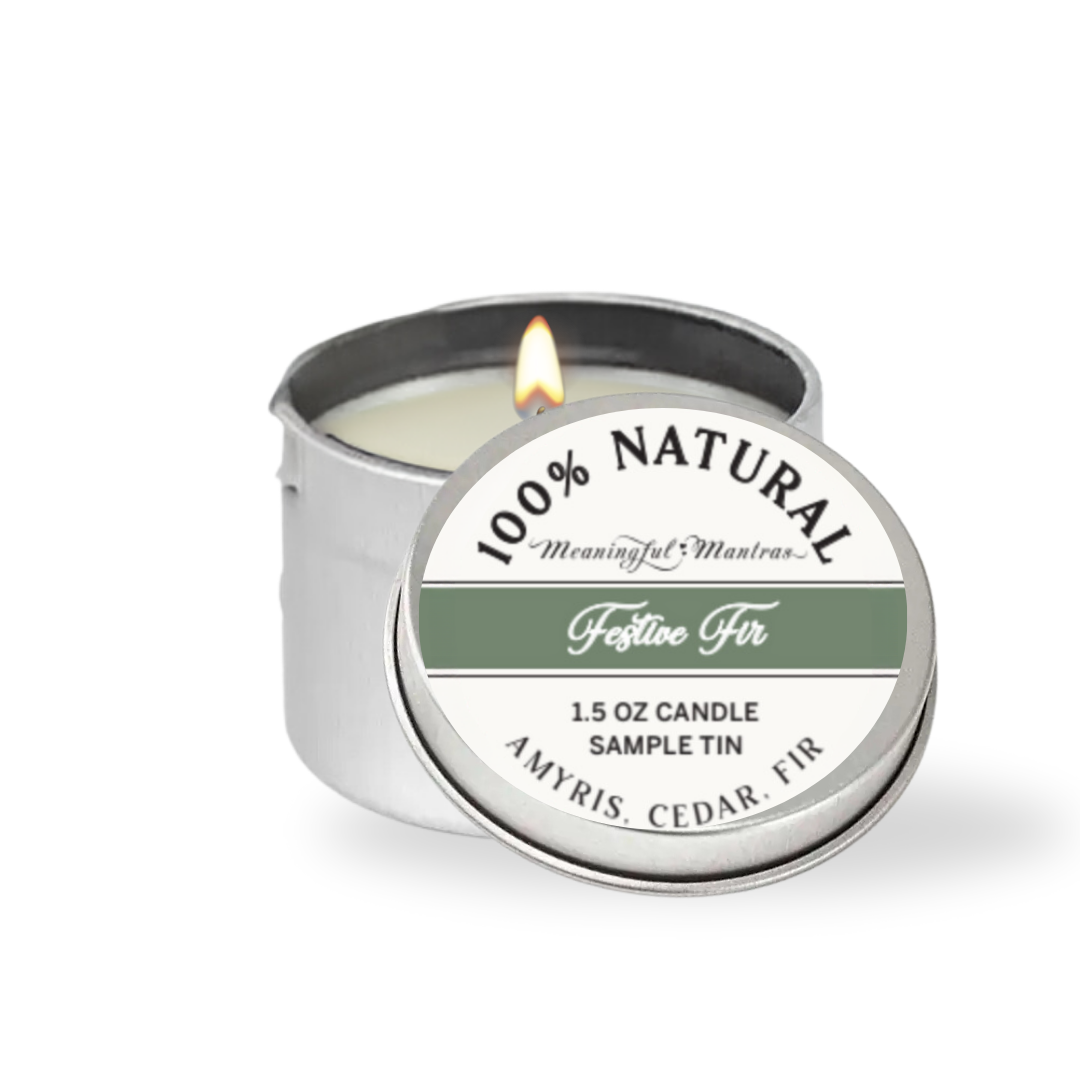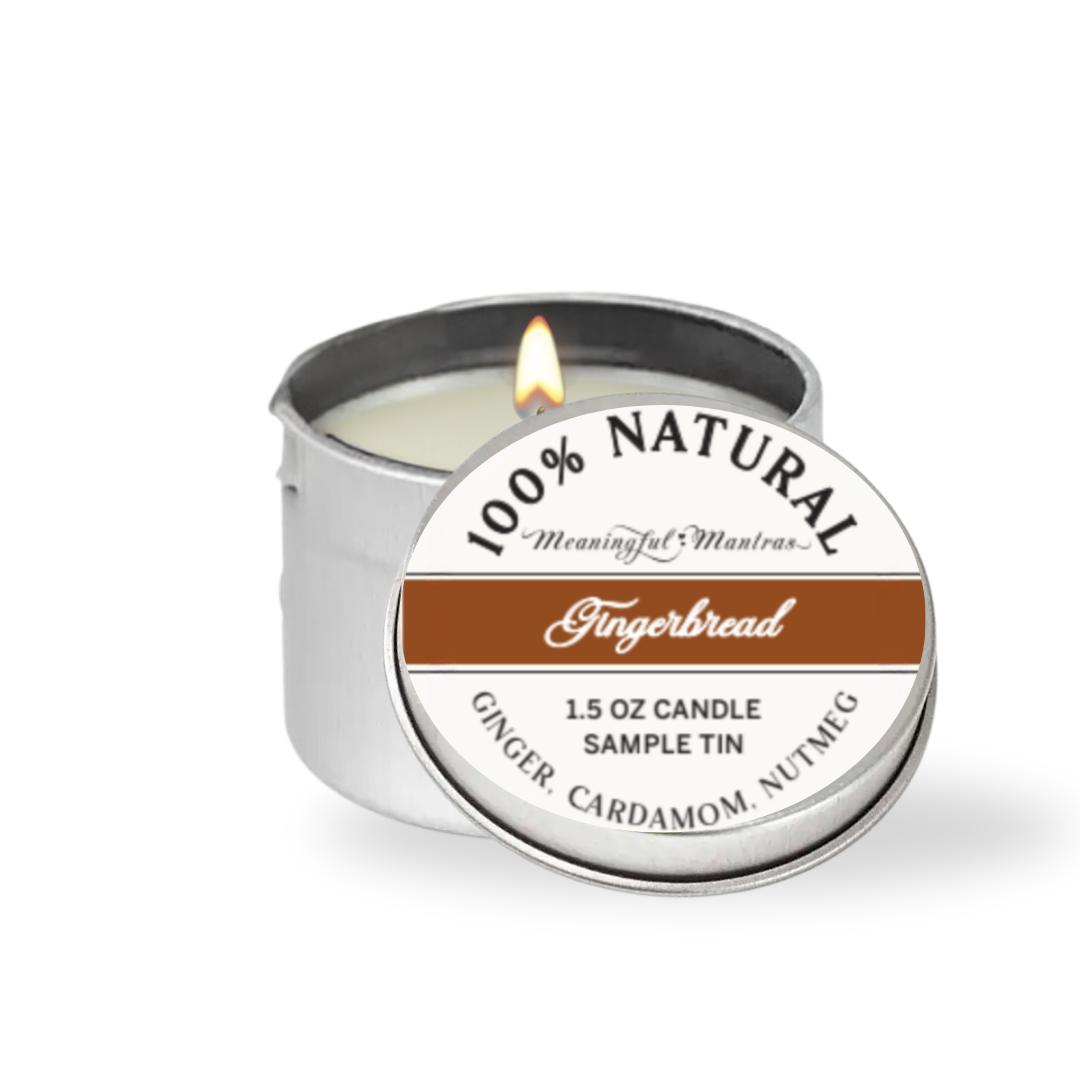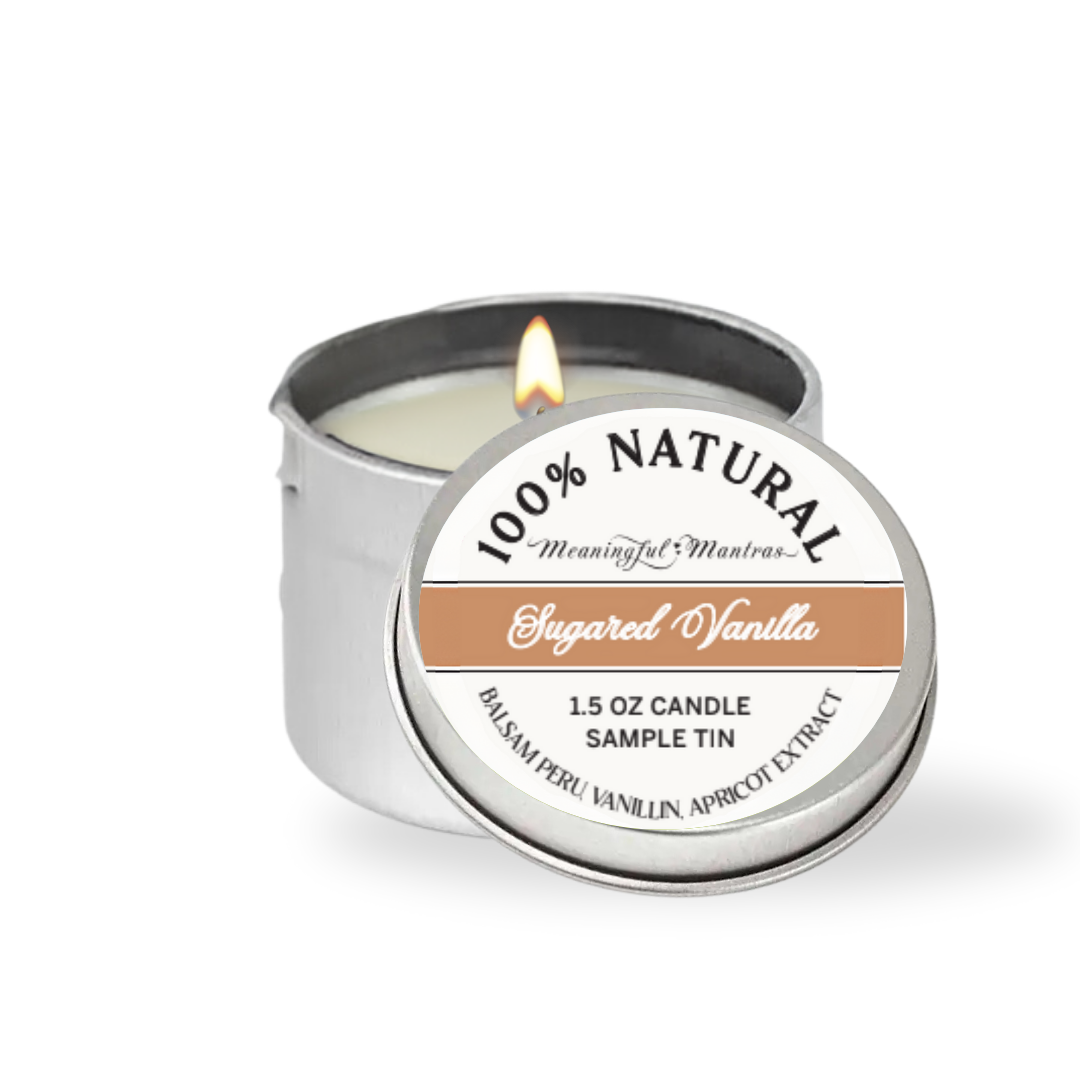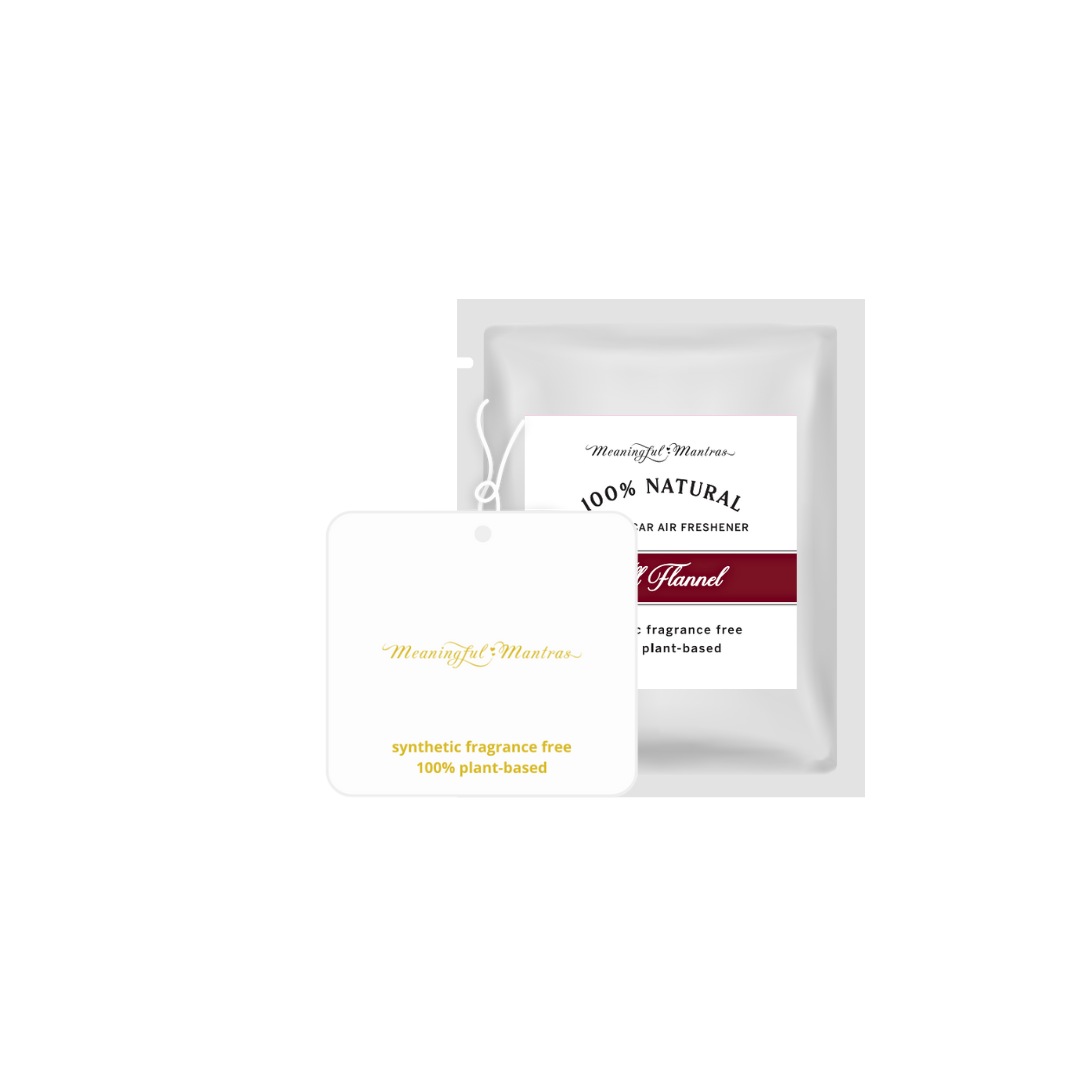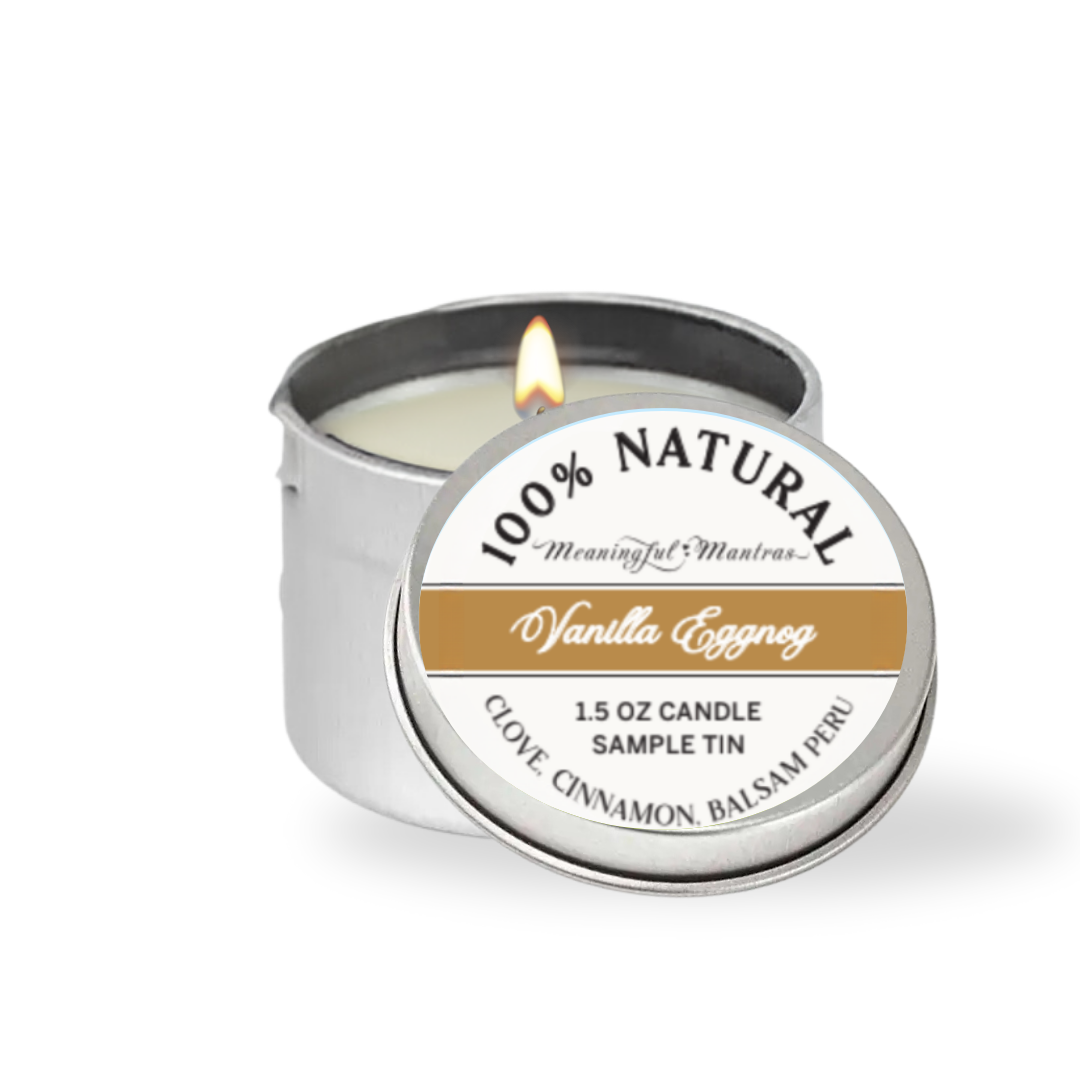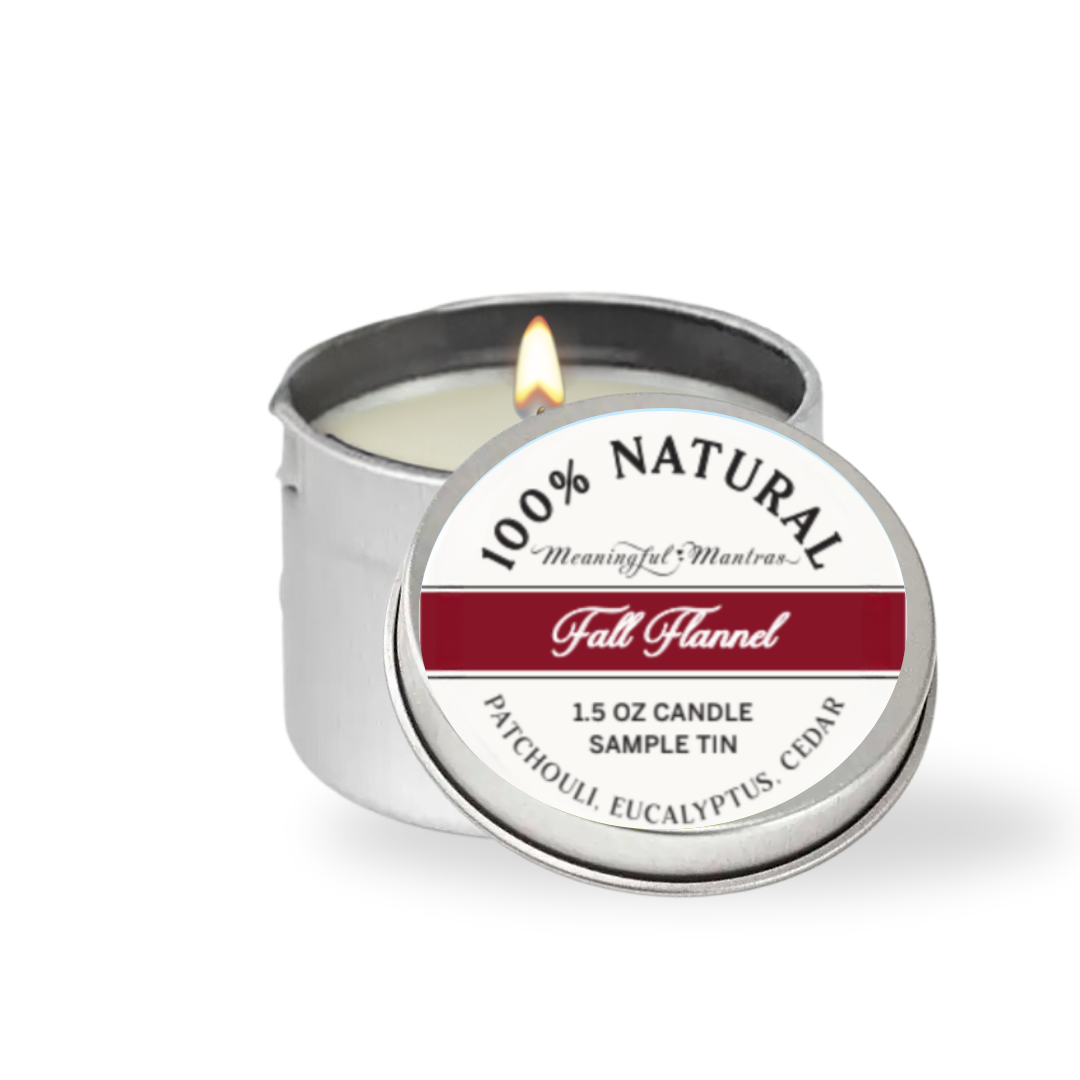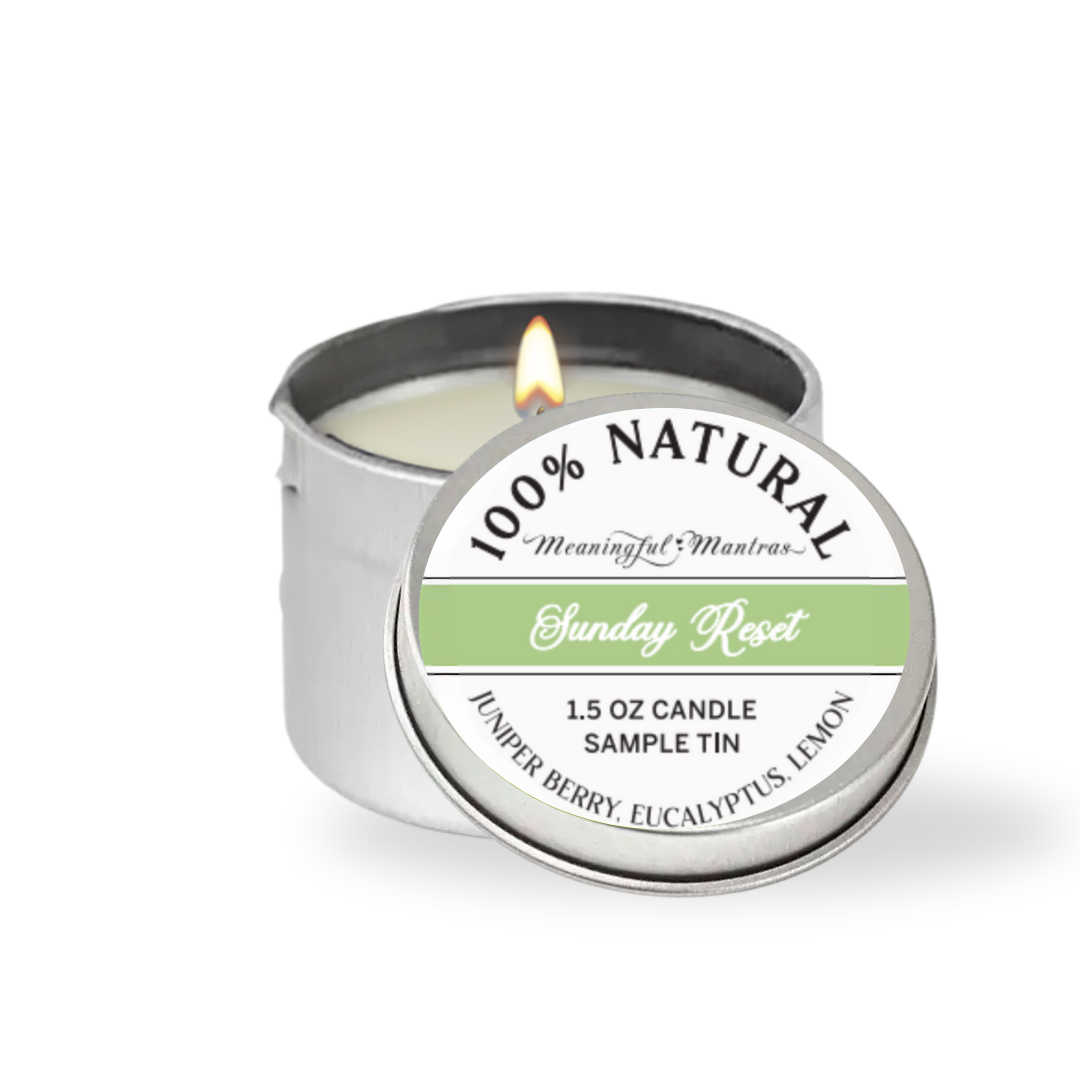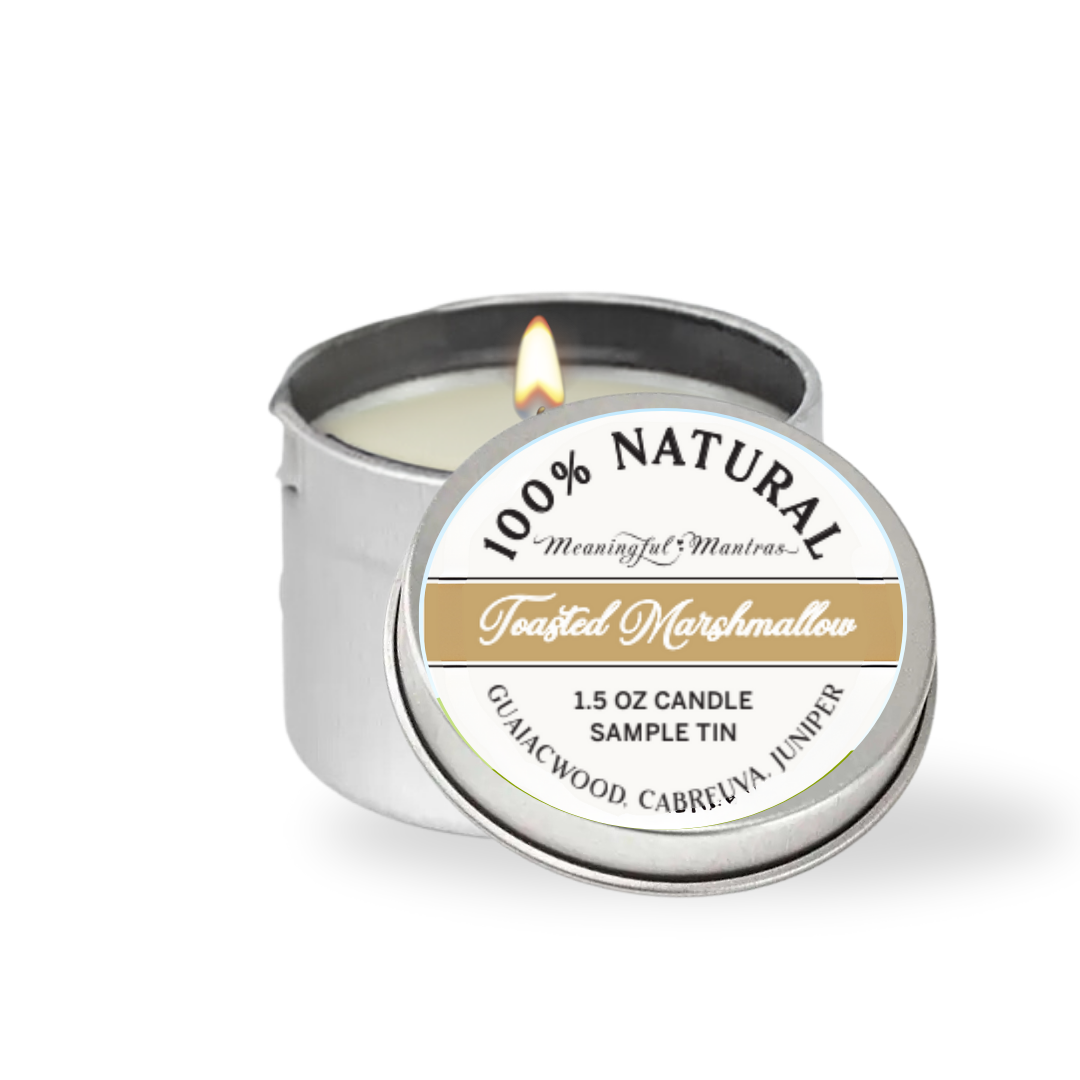Overview: Which Candle Ingredients Should You Avoid for Better Breathing?
Some common candle ingredients — like paraffin wax, synthetic fragrance, and metal-core wicks — can negatively affect your breathing and overall air quality. These components release harmful chemicals and irritants when burned, potentially triggering respiratory issues or allergic reactions. Choosing candles made with clean, non-toxic ingredients like coconut wax, essential oils, and cotton wicks can help protect your lungs and create a safer, more breathable home environment.
If you love the cozy comfort of a beautifully scented candle, but you’re aware of the health risks associated with burning the wrong kind of candle, you’ve come to the right place. We’re making it easier to shop with confidence with a quick, scannable guide to help you to avoid the worst of the worst in the home fragrance department.
Armed with this information, you can make healthier choices for your family and your home. By avoiding certain problematic ingredients, you can reduce the risk of adverse reactions to burning candles in your home. It will also help you to maintain good indoor air quality, so your home can remain a healthy oasis.

If you want to upgrade your home without introducing an array of potentially harmful ingredients, make sure you steer clear of the following common candle ingredients:
| Ingredient | Avoid | Better Alternative |
|---|---|---|
| Wax Type | Paraffin wax (petroleum-based) | Coconut wax, soy wax, or beeswax |
| Fragrance | Synthetic fragrance oils | Natural essential oils |
| Wick Material | Metal-core wicks (lead or zinc) | 100% cotton or wood wicks |
| Colorants | Artificial dyes or glitter | Natural pigments or dye-free |
| Additives | Stabilizers and preservatives | Simple, minimal ingredient blends |
-
Paraffin wax. It might be cheap and long-lasting, but paraffin wax has no place in the mindful home. This common candle wax is a byproduct of the petrochemical industry and will release harmful chemicals like toluene and benzene into your home. These are the same toxins found in diesel fuels, and you definitely don’t want them in your home.
-
Synthetic fragrance. Companies can get around having to actually list the ingredients in their synthetic fragrance by making use of competition law loopholes. Since they don’t want to reveal how they make their fragrances to their competitors, they’re allowed to describe the chemicals as just “fragrance” on the label. This could include potentially harmful ingredients like phthalates, which help the scent to last longer in the air. Phthalates are also known endocrine disruptors, so they should be avoided at all costs.
-
Parabens. Another potentially harmful endocrine disruptor is a group of chemicals called parabens. These are typically added to help stabilise scents and give the candle a longer shelf life. When burned, they can impact air quality and also interfere with hormones in the body.
-
Lead core wicks. The choice of wick is also an important consideration. Lead core wicks help to strengthen the wick and prevent it from drooping into the molten wax. This stiffening component will release trace amounts of heavy metals into the air which can build up in the body. There are cleaner burning wicks available, such as unbleached cotton.
-
Artificial dyes. There is no reason for a candle to be brightly coloured, other than for it to appeal to the senses. It can help to increase the visual appeal of the candle and might help to indicate the scent of the candle to make it easier to choose when they are all lined up on a shelf. Unfortunately, these artificial dyes will also release toxins when they are burned. If you love a coloured candle, look for one that is naturally-pigmented.
-
Stearic acid. This ingredient is often added to help harden softer waxes. Unfortunately, it can come from some questionable and unsustainable sources. Stearic acid is commonly derived from animal fat, which means it will not be a vegan product. It can also be derived from palm oil, which is linked to numerous environmental issues, including deforestation and habitat destruction. This ingredient can be sourced from sustainable sources, such as coconut oil.
-
BHT (Butylated Hydroxytoluene). This chemical compound is commonly used as a preservative in some candles to help them last longer and extend the shelf life. This ingredient is also thought to be an endocrine disruptor and a potential carcinogen, so it should be avoided where possible.
Other red flags to look out for
Candles might be marked as all natural or non-toxic, but if you can’t see an ingredient list, don’t take their word for it. Another telltale indicator that a candle company is up to no good is when the ingredient list is nowhere to be seen. Don’t believe claims that their products are natural and non-toxic without the evidence to back up these claims.
It’s also worth noting that it’s not just the health concerns you should be worried about. The origins of the ingredients and how they impact the environment should also play a role in your decision making process. It’s possible to have safe and non-toxic candles in your home without having to harm the environment to enjoy them.

